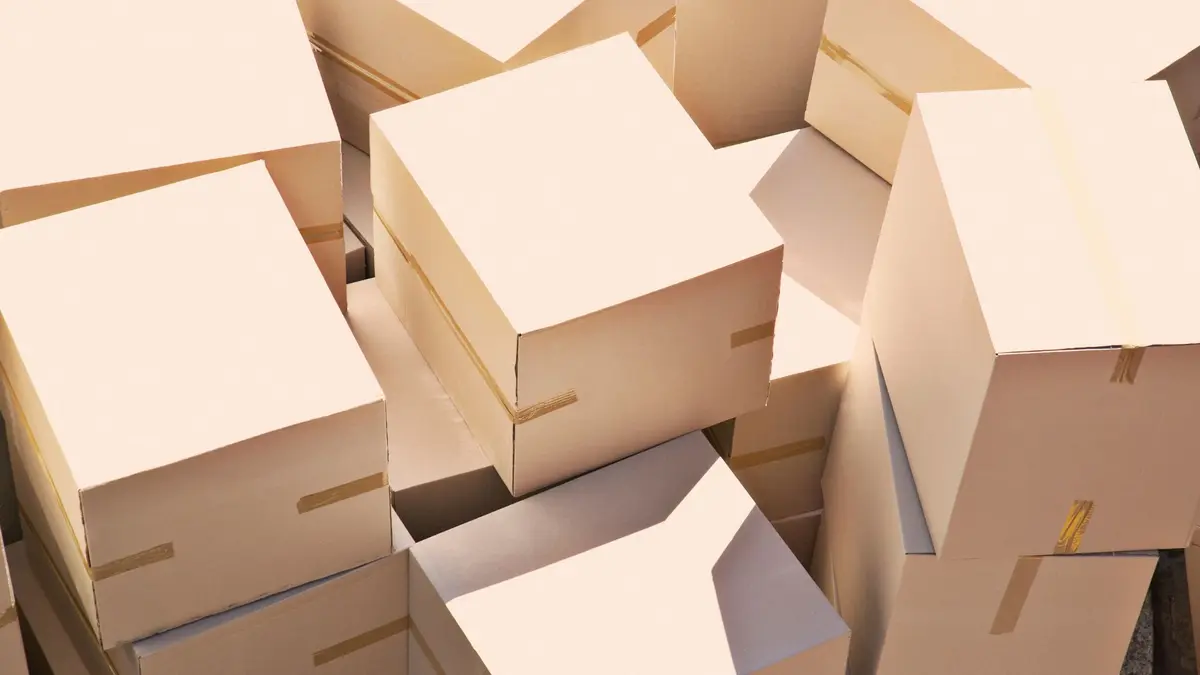05 November 2025

Image Credits: Interesting Engineering
Most of the food safety and electronics companies are dependent on sensors to detect product conditions, and systems require expensive electronics that are difficult to recycle. Researchers at the University of Vaasa think there must be an easy and sustainable alternative to this. The doctoral researcher Jari Isohanni deeply studied how packaging itself can be a reliable condition monitor. His work discovered the printing inks that can change color when met with certain changes in humidity or temperature. The study has paved the way for technology in the packaging market.
By merging these inks with artificial intelligence, Isohanni will also put light on how packaging can signal changes with future human-eye accuracy, eliminating electronics. So far, smart packaging has grabbed more attention from buyers and investors, but few challenges have been addressed frequent and small color changes. Mostly, machine vision methods dont sufficiently address slight differences in analyzing product condition through the packaging. Isohannis doctoral research in computer science is behind finding the best techniques to meet various scenarios.
The functional printing inks change color, reacting to environmental factors that uncover new possibilities in monitoring for industries. The quick identification of these changes can avoid waste, damage, and spoilage of the products. With the help of artificial intelligence, the detection becomes seamless and more appropriate. This will pave the way for the usage of printed indicators not only for factories but for consumer goods too, enabling real-time feedback oof products status or safety.
Isohanni mentioned that the printed indicators come with crucial cost advantages. They can be implemented on packages along with the labels with a bit increase in the expenses. There are no such recycling challenges in comparison to electronic sensors. Isohannis findings have unlocked new opportunities for various sectors. The food industry will be able to track shelf life accurately.
Isohanni explained,
“My research highlighted that simple computational traditional methods work best for addressing prominent color differences. For subtle changes and different conditions, the best methods were convolutional neural networks, which are AI-based.”
Isohanni further elaborated,
“The color change in printing ink is so unique or rapid that it cannot be addressed clearly enough with the machine vision methods. Meanwhile, the inks color change is mechanically identifiable. The process might have already successfully reached a solution, or damage might have taken place.”
05 November 2025
05 November 2025
05 November 2025
05 November 2025